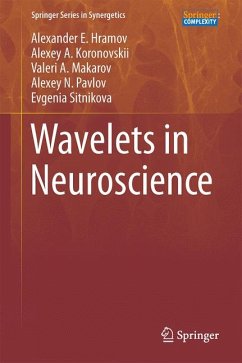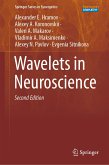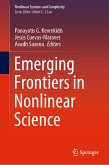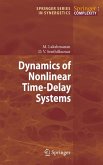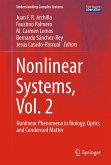Chapters 1 and 2 introduce and review the relevant foundations of neurophysics and wavelet theory, respectively, pointing on one hand to the various current challenges in neuroscience and introducing on the other the mathematical techniques of the wavelet transform in its two variants (discrete and continuous) as a powerful and versatile tool for investigating the relevant neuronal dynamics.
Chapter 3 then analyzes results from examining individual neuron dynamics and intracellular processes. The principles for recognizing neuronal spikes from extracellular recordings and the advantages of using wavelets to address these issues are described and combined with approaches based on wavelet neural networks (chapter 4). The features of time-frequency organization of EEG signals are then extensively discussed, from theory to practical applications (chapters 5 and 6). Lastly, the technical details of automatic diagnostics and processing of EEG signals using wavelets are examined (chapter 7).
The book will be a useful resource for neurophysiologists and physicists familiar with nonlinear dynamical systems and data processing, as well as for graduat
e students specializing in the corresponding areas.
Dieser Download kann aus rechtlichen Gründen nur mit Rechnungsadresse in A, B, BG, CY, CZ, D, DK, EW, E, FIN, F, GR, HR, H, IRL, I, LT, L, LR, M, NL, PL, P, R, S, SLO, SK ausgeliefert werden.
"This book gives an introduction to wavelets and then proceeds to demonstrate their use in a neural context. ... should be of interest to anyone involved in analysing real neural recordings." (Carlo Laing, zbMATH 1317.92003, 2015)

